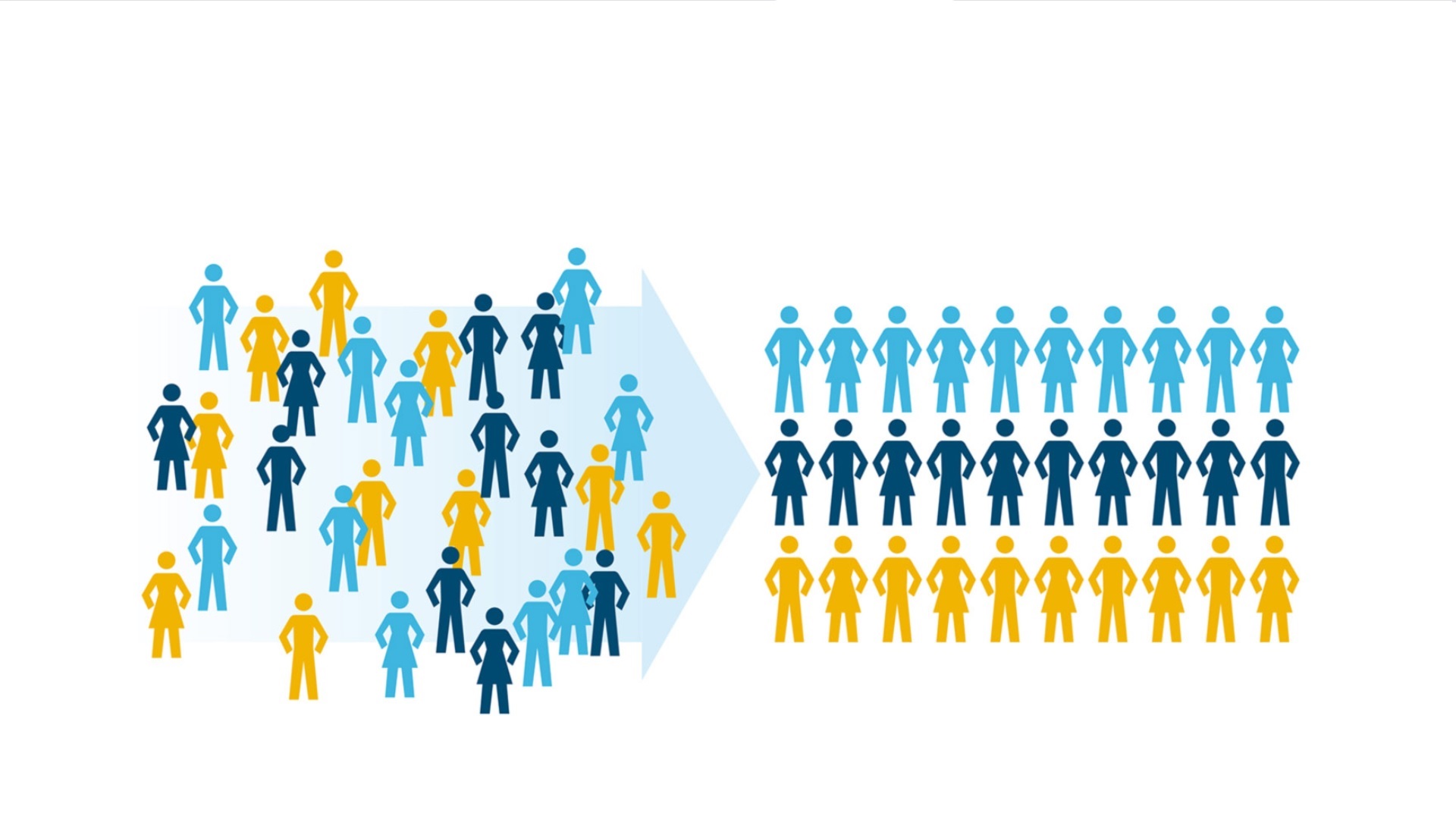What is donor segmentation?
Donor segmentation is the process of grouping target donors based on certain similarities, such as their interests, age, or gender. This allows the development of a policy that best suits each group and increases the probability of obtaining donations from a given donor base. For example, if an organisation stands to benefit from community involvement, their strategy may concentrate on recruiting younger donors. If instead, they stand to benefit more from larger donations, the focus would be on older donors who are more likely to give such sums.
Segmenting donors allows for more effective communication and decreases cost per acquisition. Further, segmentation can help boost your donations, ensuring that everyone giving to your cause feels valued and appreciated.
To explain the communication aspect: segments allow you to better target your donors, thus improving your outreach and engagement. Segmentation can be done with a variety of variables: location, age, gender, interest, occupation, etc.
By dividing your donor base into more specific groups, you can tailor your messaging for each group’s needs. For example, if fundraising for the construction of a new mosque, you might have one segment that cares about the overall structure, another that cares about sourcing sustainable wood, and so on. You could send emails targeted toward each of these segments at different times — e.g. the first segment could be emailed immediately after acquiring the building permit — to encourage donations.
Why should you implement donor segmentation?
Here are four benefits of donor segmentation:
1. High response rate:
Segmentation helps you tailor your emails so they’re relevant to the audience they’re going to. That means that more of your donors will be likely to read them and respond positively to what you have to say.
2. Low unsubscription rate:
Segmentation helps you send more targeted emails, which means fewer people will unsubscribe from your list due to repetitive or irrelevant content.
3. Relevancy:
Segmentation affords you hyperspecificity. Say you find a certain group on your email list who tend to not only donate but also share posts on social media (which can mean more donations!). You can add timeline-friendly content in your emails specifically for them.
4. Increase engagement:
Segmentation helps increase engagement rates because people feel like their voice matters — even if they only have one dollar! As long as someone has given donations, however small, they should be taken seriously.
By knowing what kind of relationships people have had with your organisation in the past, you can make better decisions about where you spend your time going forward.


